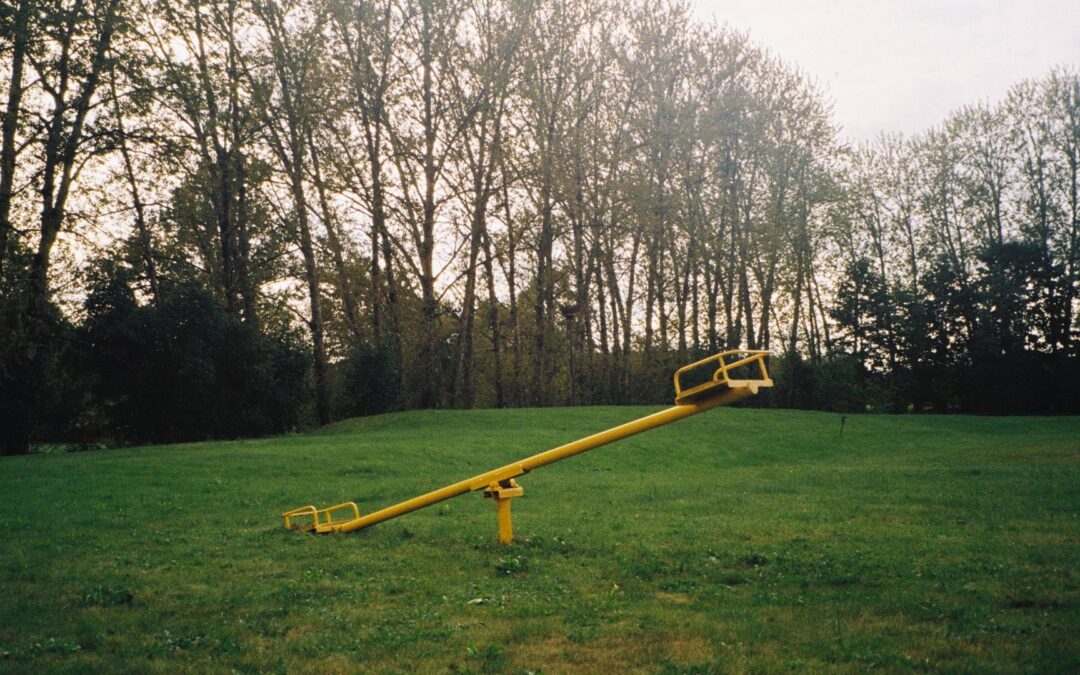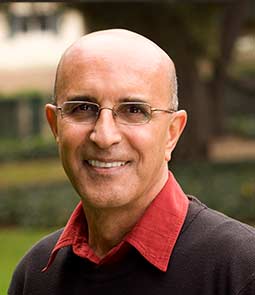Growing up in Abadan, Iran, eating out was a luxury we could not afford. We always ate at home. However, once or twice a year, when my parents had to go somewhere, and my mother was not available to cook (she did all the cooking.), they would give us a few bucks so we could go out to eat.
With much anticipation, my three brothers and I always looked forward to those days when we could buy four sandwiches and two soda bottles (we split the two bottles among us). Almost sixty years later, I can still taste those sandwiches and half a bottle of soda that I had to wait for a whole year to enjoy. Today, I buy soda by the carton and can afford sandwiches for every meal, but all my indulgences can never recreate the pleasure I experienced with the once-a-year sandwiches and half a bottle of soda of my youth. But why?
According to Dr. Anna Lembke, the author of the book Dopamine Nation: Finding Balance in the Age of Indulgence, pain and pleasure are co-located in our brains. The same part of the brain that processes pleasure processes pain. And like a seesaw, they work opposite each other. When we experience pleasure, the gratification causes the seesaw to tip one way, and when we experience pain, it tips the opposite way.
Think about that moment of craving a second piece of chocolate or wanting a good book, movie, or video game to last forever. That moment is the brain’s pleasure balance tipped to the pain/craving side. And our brains work hard to restore balance after deviating from neutrality. Whenever we feel pleasure, the brain restores balance by applying equal and opposite amounts to the pain/craving side. This frequently happens while eating that piece of chocolate, and we are often unaware of it.
In restoring neutrality, our brains make us work harder for the next reward. And that’s when we go into dopamine freefall. That mechanism may make us the ultimate seekers. We’re never satisfied with what we have. We always seek more pleasure and avoid the pain of craving.
So, what happens to my brain that was developed amidst scarcity — enjoying a sandwich and soda once a year — but now functions in our modern environment where sandwiches and soft drinks are available instantaneously, in large quantities/varieties, and at the touch of a button? The wiring that applies pain in the immediate aftermath of pleasure is woefully mismatched in our modern ecosystem. Our brains compensate for this excess of pleasure by decreasing dopamine production and transmission not to its baseline but below it, so we’re always craving.
The scarcity I experienced in my youth made my pleasure-craving balance go to the pain side simply because I had to wait a whole year to experience the pleasure of eating a sandwich. So, I became ecstatic eating the sandwich and made my pleasure balance go back to its level position, moving my euphoria to the direction of pleasure.
Today, we are drowned in pleasure. We have more access to reinforcing drugs and behaviors than ever in human history. Things that we previously may have thought of as healthy, like reading, exercising, playing games, watching TV, or our smart devices, have turned into drugs in some way. They are now making us all more vulnerable to the problem of addiction and creating a constant physiological craving for more pleasure.
Think about it: Today, at the press of a button, we can have DoorDash deliver a 6-foot sandwich with a carton of soda to our doorstep in 30 minutes or less. One bite of that sandwich and a sip of the soda releases pleasure in our brains. As soon as it’s over, your pleasure-pain balance is tipped to the side of craving because your brain is trying to compensate for all that dopamine, which requires time and waiting. But instead, we take the faster route, taking another and then another bite till we’ve eaten the whole sandwich.
Every bite results in a war with the neuron adoption system of our brains. And the more we try to press on the pleasure side of the seesaw, the more our brains push on the craving side to achieve balance. The overabundance in our society, which allows us to drink from the dopamine firehose, has changed our joy set point and has led too many of us to addictive behavior, often resulting in anxiety, irritability, insomnia, depression, anger, lack of joy, and suicidal tendencies.
Is it possible that today, the Western church has assimilated so much into the surrounding culture that she now suffers from the same dopamine addiction? Is there an overabundance in our attractional church model that makes Christians want more and more pleasure? Is the wiring that applies pain in the immediate aftermath of pleasure woefully mismatched in our modern church ecosystem? Have we created a vulnerability to the problem of addiction and a constant psychological craving for more? Are we drowning in pleasure? And are we using the church as a place to get our dopamine fix?
Anymore, we’re not satisfied with just singing worship songs complemented by one or two instruments. We must have a full orchestra, fog machines, and strobe lights to worship. We’re dissatisfied if the worship team doesn’t sing the latest trending Christian songs. We’re bored when the church announcements are not conveyed through skits comparable to something out of Hollywood. And God forbid if our pastor’s message is not more robust every Sunday than the week before. And when a church doesn’t meet our craving for more, bigger, and better, we simply switch to a church that can offer us more, bigger, and better—albeit only for a season.
It seems to me that every church activity is formulated to evoke an instant pleasure in the church member, even when science shows us that the answer is not to have more, bigger, and better, but to maintain a balance that comes through the pain of waiting, which in our case, is waiting on the Lord in silence and prayer.
To accomplish that goal, in his book Resilient Faith, Gerald Sittser offers the following suggestion:
Nothing short of a change of church culture will suffice—from a culture of entertainment, politics, personality, and program to a culture of discipleship. Such a radical change will require patience, steadiness, and purposefulness… Leaders with clear vision, faith in the power of the gospel, and high standards must take the long view. We are not alone. The story of early Christianity reminds us of this fact. Faithful Christians— “real disciples,” as Ignatius aspired to be—have gone before us, bearing witness to the truth of Christianity, the power of the gospel, and the high calling of discipleship.”



Recent Comments